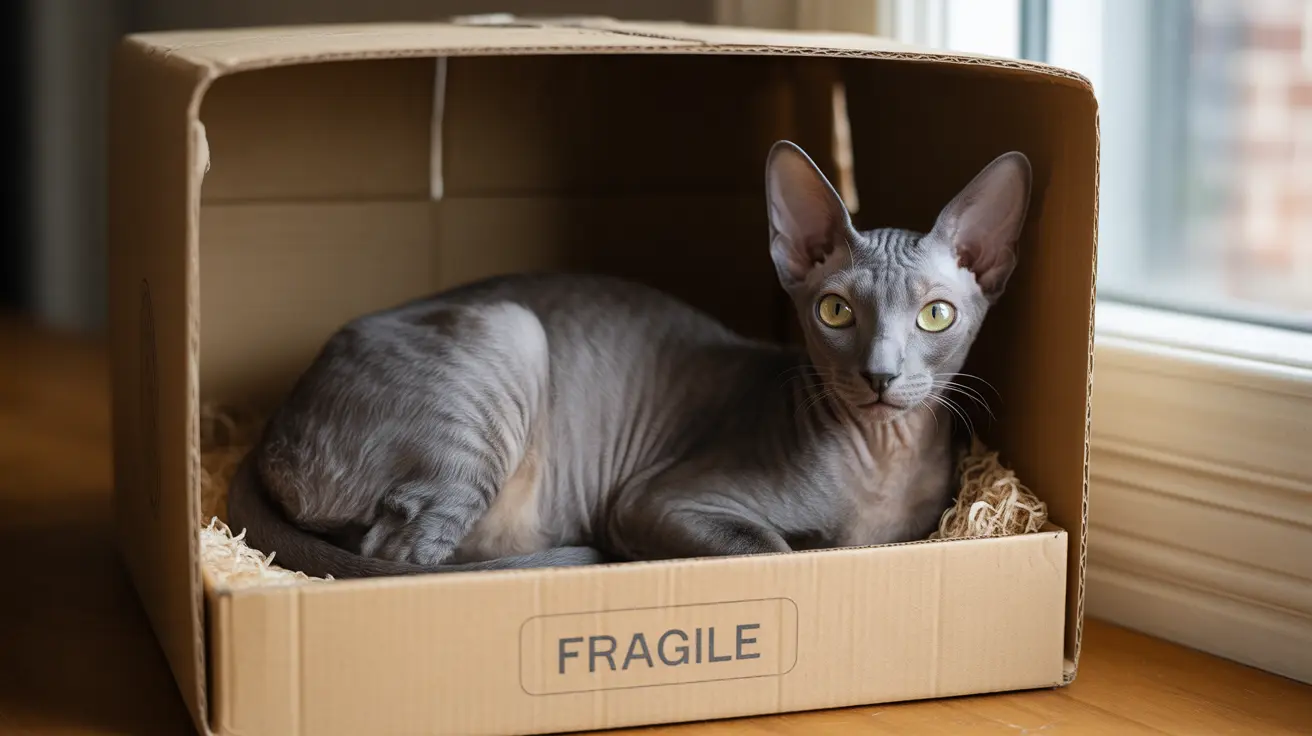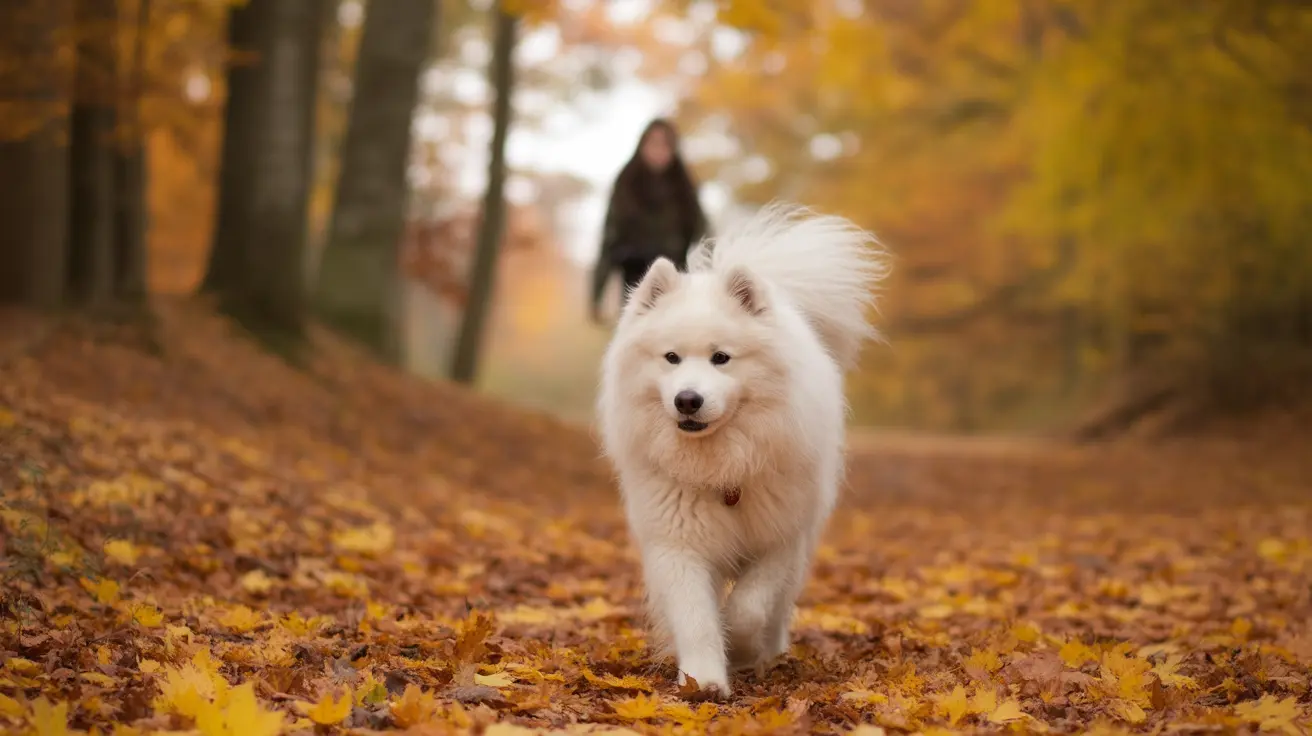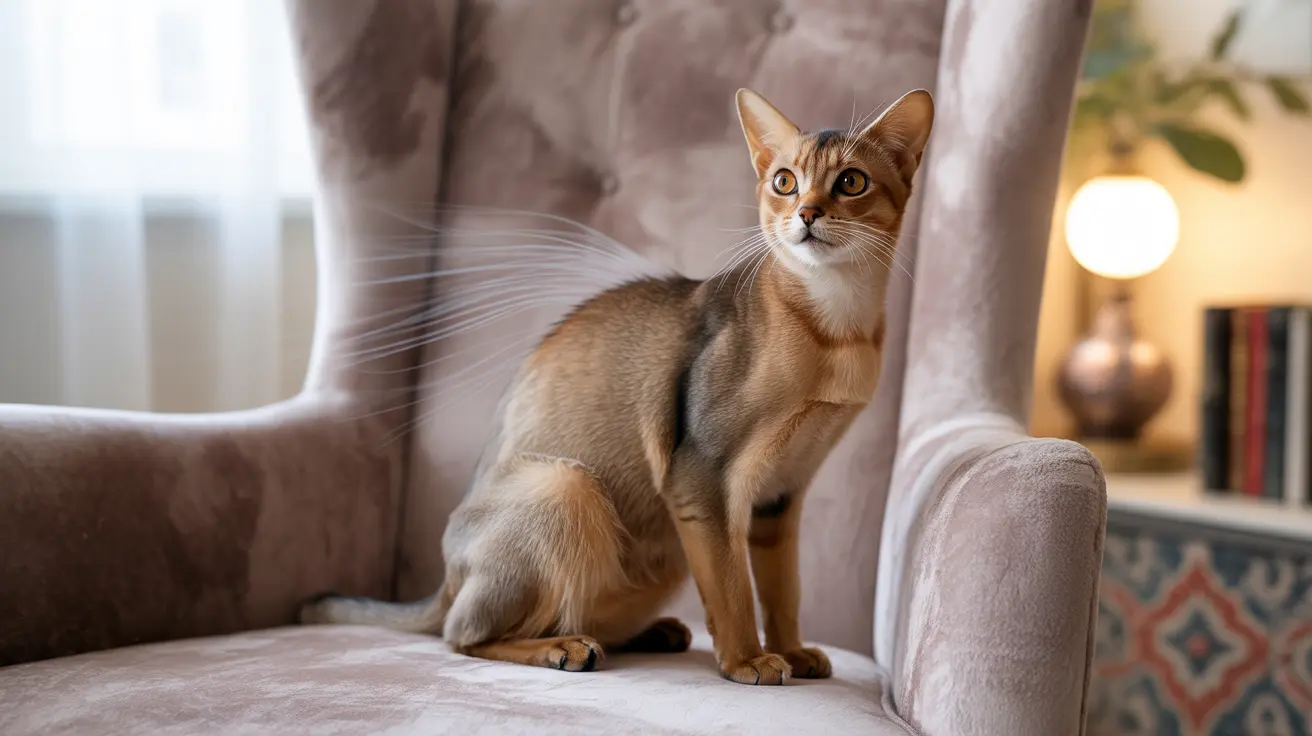If you've ever found your cat squeezed into a tiny box, wedged behind the bookshelf, or curled up in a bathroom sink, you're witnessing a fascinating feline behavior that's deeply rooted in their evolutionary history. This natural inclination for seeking out and occupying small spaces isn't just a quirky habit – it's a complex behavior that serves multiple purposes for our feline friends.
Understanding why cats like small spaces can help us better provide for their physical and emotional needs while giving us insights into their wild ancestry. Let's explore the various reasons behind this intriguing behavior and what it means for your cat's wellbeing.
The Evolutionary Drive Behind Small Space Seeking
Cats' attraction to small spaces stems from their dual role as both predator and prey in the wild. These confined areas provided crucial protection from larger predators while also serving as perfect hunting stations for catching their own prey. This instinctual behavior has been passed down through generations, remaining strong even in our pampered house cats today.
Furthermore, wild cats traditionally sought out small dens for raising their young, creating a powerful association between confined spaces and safety that begins in kittenhood. This early imprinting helps explain why adult cats continue to seek out snug spots throughout their lives.
Safety and Security in Tight Spaces
When your cat crawls into a tight space, they're essentially accessing their own personal safe room. The enclosed environment provides protection on multiple sides, allowing them to monitor their surroundings while feeling secure. This behavior is particularly noticeable during stressful situations, such as when there are visitors in the home or during thunderstorms.
The pressure of confined spaces against a cat's body can also trigger the release of calming endorphins, similar to how weighted blankets work for humans. This natural stress-relief mechanism helps explain why cats often seem more relaxed in snug spots.
Temperature Regulation and Comfort
Cats have a higher optimal temperature range than humans, preferring environments between 86-97°F (30-36°C). Small spaces help them maintain their preferred body temperature by minimizing heat loss. This is especially important during colder months when cats seek out warm, insulated spots.
Cardboard boxes, in particular, are excellent insulators, which partly explains why cats find them so irresistible. The material helps trap their body heat while providing the snug environment they crave.
Mental Stimulation and Play
Small spaces aren't just about security and warmth – they also provide entertainment and mental enrichment. Cats use these areas as launching pads for play, creating opportunities for stalking and pouncing behaviors that mimic hunting in the wild. This form of environmental enrichment is crucial for maintaining their mental health and preventing boredom.
Territory Marking and Ownership
When cats squeeze into small spaces, they're also engaging in territorial behavior. By rubbing against the sides of their chosen spot, they deposit their scent and claim the area as their own. This scent-marking creates a network of familiar, safe spaces throughout their environment.
Frequently Asked Questions
Why do cats instinctively seek out small and enclosed spaces?
Cats seek out small spaces due to their evolutionary instincts for protection from predators and as hunting positions. These spaces provide security and comfort, mimicking the den-like environments their wild ancestors used for safety.
How do small spaces help reduce stress and make cats feel safe?
Small spaces create a sense of security by providing protection on multiple sides and triggering the release of calming endorphins through gentle pressure on the body. This helps cats feel protected and less vulnerable to potential threats.
What role does warmth and heat conservation play in a cat's preference for tight spots?
Cats prefer temperatures warmer than humans do, and small spaces help them maintain their ideal body temperature by minimizing heat loss. Enclosed areas act as natural insulators, helping cats stay warm and comfortable.
How do cats use small spaces for mental stimulation and play?
Small spaces serve as hiding spots and launching pads for play behavior, allowing cats to practice their natural hunting instincts through stalking and pouncing. This provides essential mental stimulation and exercise.
Are there any safety concerns for cats when they hide in small or enclosed areas?
While this behavior is natural, owners should ensure hiding spots are free from hazards like strings, plastic bags, or unstable structures. Sudden excessive hiding might also indicate stress or illness and should be monitored.
Understanding your cat's attraction to small spaces helps you provide better environmental enrichment and ensure their emotional well-being. By offering safe, appropriate tight spots for your cat to explore and relax in, you're supporting their natural instincts while keeping them happy and healthy in your home.






